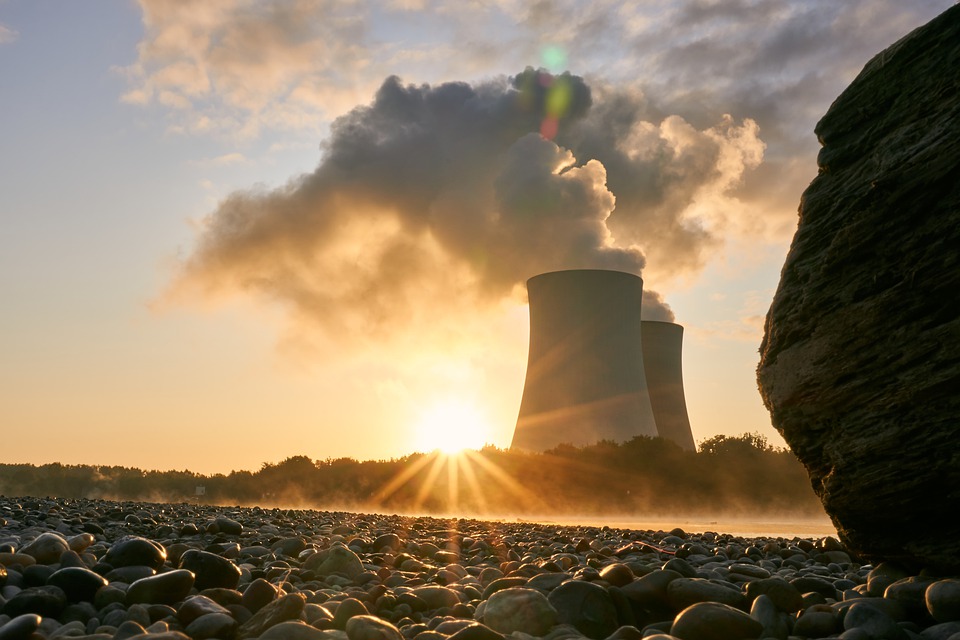The industrial sector is a major contributor to global carbon emissions, accounting for approximately one-third of all greenhouse gas emissions worldwide. As such, decarbonizing industry is a critical component of efforts to address climate change and reduce the impact of human activities on the environment.
Decarbonization involves reducing or eliminating carbon emissions from industrial processes through a combination of energy efficiency measures, renewable energy sources, and carbon capture and storage technologies. In this comprehensive guide, we will explore the challenges and opportunities associated with decarbonizing industries, as well as the strategies and technologies that can help reduce carbon emissions in various industrial sectors.
The Challenge of Decarbonizing Industries

Decarbonizing industries is a complex and challenging task, as many industrial processes rely on fossil fuels and emit significant amounts of carbon dioxide (CO2) and other greenhouse gases. The challenge is particularly acute in sectors such as cement, steel, and chemicals, which are responsible for a significant share of global carbon emissions and have few readily available alternatives to fossil fuels.
Furthermore, the economic and social implications of decarbonizing industries can be significant, particularly in regions where the industrial sector is a major employer and contributor to local economies. As such, decarbonization efforts must be carefully designed and implemented to avoid negative impacts on jobs and economic growth.
However, the urgency of addressing climate change and the increasing availability of low-carbon technologies and energy sources provide opportunities to reduce carbon emissions in various industrial sectors.
Strategies for Decarbonizing Industries

Decarbonizing industries involves a combination of strategies, including increasing energy efficiency, switching to low-carbon energy sources, and implementing carbon capture and storage technologies. Some of the most effective strategies for decarbonizing industries include:
Energy Efficiency: Improving energy efficiency in industrial processes can significantly reduce energy consumption and carbon emissions. Measures such as upgrading equipment, optimizing processes, and reducing waste can help industries reduce their energy consumption and carbon emissions.
Renewable Energy: Switching to renewable energy sources like wind, solar, and geothermal can help industries significantly reduce their dependence on fossil fuels and lower their carbon emissions. Renewable energy sources are now becoming increasingly cost-competitive and can provide reliable and stable energy supplies.
Carbon Capture and Storage (CCS): CCS involves encapsulating carbon emissions from industrial processes and storing them underground or in other long-term storage facilities. Despite the fact that CSI technologies are still in the early stages of development, they have the potential to significantly decrease carbon emissions from industrial processes.
Circular Economy: The circular economy model involves designing products and processes that minimize waste and maximize the reuse of materials. By designing products for reuse and recycling, industries can reduce their resource consumption and carbon emissions.
Examples of Decarbonization Efforts in Industries
Many industries are already taking steps to decarbonize their operations and reduce their carbon emissions. Here are some examples of decarbonization efforts in various industrial sectors:
Cement Industry: The cement industry is one of the largest contributors to global carbon emissions. However, some cement companies are exploring ways to reduce their carbon emissions, such as using alternative fuels like biomass, waste heat recovery, and carbon capture and storage technologies.
Steel Industry: The steel industry is another major contributor to global carbon emissions. Some steel companies are exploring ways to reduce their carbon emissions by using hydrogen as a replacement for coal in the steelmaking process.
Chemical Industry: The chemical industry is also exploring ways to reduce its carbon emissions, such as by using renewable energy sources and developing new processes that require less energy and emit fewer greenhouse gases.
Transportation Industry: The transportation industry is a major contributor to global carbon emissions. However, some companies are exploring ways to decarbonize their operation, such as transitioning to electric vehicles, investing in alternative fuels such as biofuels, and implementing more efficient transportation systems. For example, several large shipping companies are experimenting with electric or hybrid-powered ships, which could significantly reduce emissions in the shipping industry. Additionally, many cities and companies are exploring the use of autonomous vehicles and shared mobility services to reduce the number of cars on the road and improve transportation efficiency.

